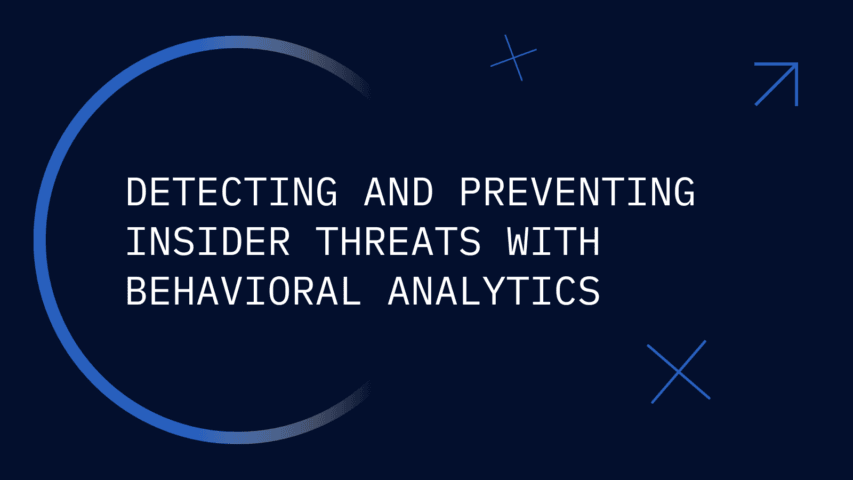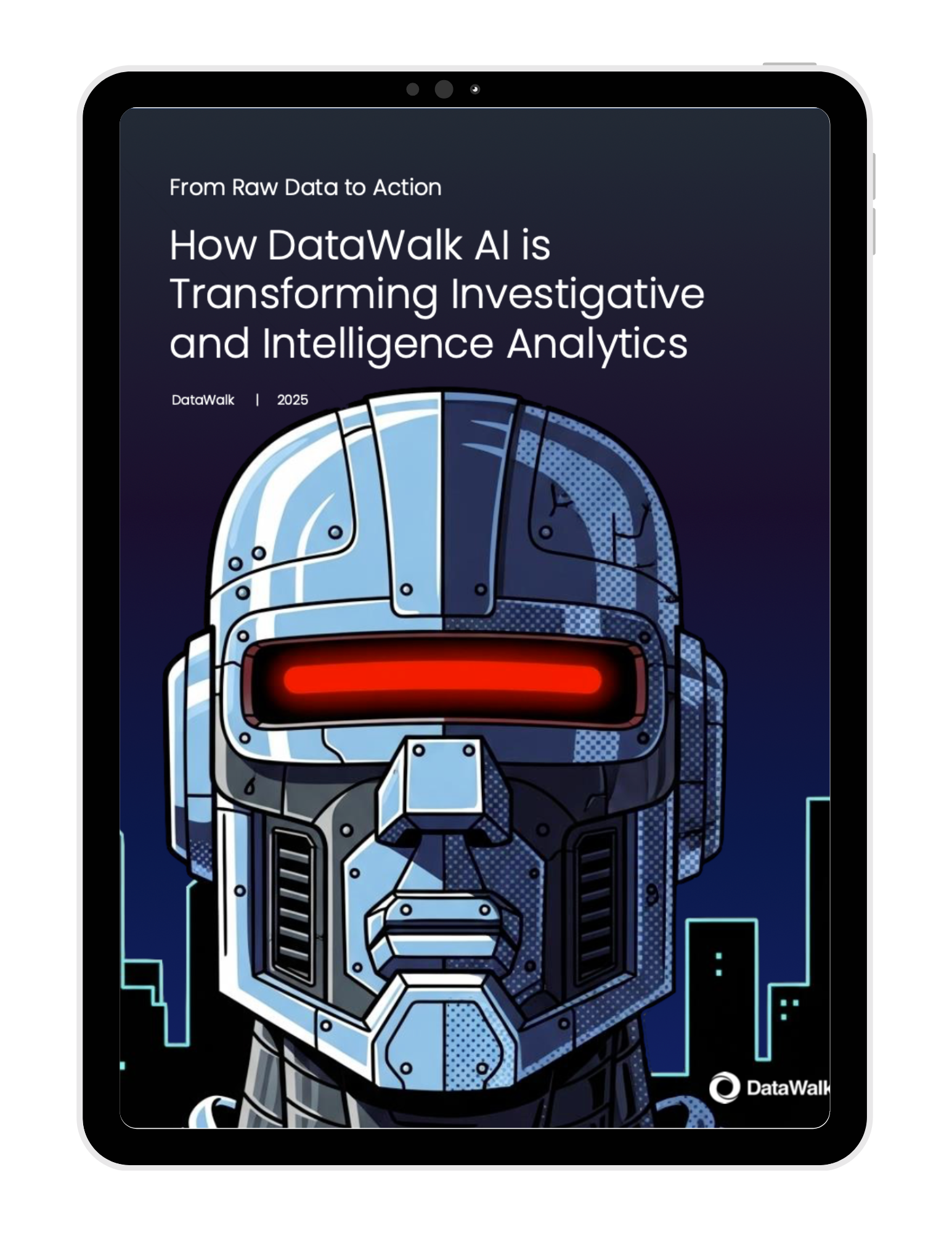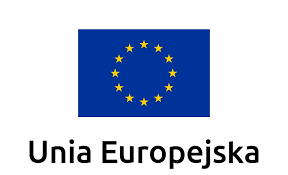
Detecting and Preventing Insider Threats with Behavioral Analytics
Drowning in Alerts, Blind to the Real Threat
The average annual cost of insider risk to organizations has climbed to a staggering $16.2 million (DTEX Systems, 2023), yet security teams spend most of their time chasing ghosts. They are overwhelmed by a constant stream of low-priority notifications and false positives from legacy systems. This isn't a failure of diligence; it's a fundamental visibility problem. The tools that organizations have relied on for years are creating more low-priority alerts than clear indicators, leaving them vulnerable to the most damaging threats.
Traditional security platforms like SIEMs and Data Loss Prevention (DLP) systems were designed to watch perimeters and enforce rigid rules. They were not built to understand the complex, nuanced behavior of trusted insiders. By analyzing data in isolation, these tools lack the context to distinguish between a genuine threat and a benign anomaly. The result is a state of operational paralysis, where analysts are too busy managing alerts to conduct meaningful investigations.
This article explains how to break free from this reactive cycle. We will outline a new approach that unifies data, dramatically reduces noise, and empowers analysts to see the full picture, transforming insider threat detection from a source of frustration into a strategic advantage.
Why Your Security Tools Can't See the Threat Hiding in Plain Sight
The greatest weakness of traditional security tools are their fragmented view of the world. Critical clues that would expose an insider threat are scattered across dozens of disconnected systems, making it nearly impossible to connect the dots before it's too late.
The Data Silo Blind Spot
Imagine this scenario: HR data shows an employee just received a poor performance review. Building access logs show them entering the office at 8 AM on a Saturday. Network logs then show a large data transfer to a personal cloud storage account. Viewed separately, each of these events might trigger a low-priority alert that is quickly dismissed. Together, they form a clear and urgent signal of data theft. Because legacy systems cannot see across these data silos, they miss the overarching narrative and fail to detect the threat.
The False Positive Avalanche
Rule-based systems compound the silo problem by creating an unmanageable flood of alerts. When a system lacks context, it cannot differentiate between legitimate work and malicious activity, flagging countless harmless actions. This phenomenon, known as alert fatigue, is confirmed by academic studies and lamented on professional forums. As one cybersecurity professional noted, a poorly governed DLP "becomes a noise generator." When analysts are desensitized by thousands of false alarms, it becomes dangerously easy for a real threat to slip through unnoticed.
From Fragmented Data to a Single Source of Truth
The first step toward a proactive defense is to overcome the data silos. The new paradigm for insider threat detection involves fusing all relevant data sources into a single, unified knowledge graph. This includes HR records, performance reviews, network access logs, financial transactions, physical access data, and communications metadata. A knowledge graph is more than a database; it is an intuitive model of your organization that connects every person, device, account, and action, revealing the hidden relationships between them.
By creating this single source of truth, organizations can achieve true behavioral context. Connecting an employee's digital activity with their HR context, such as a recent resignation or a performance improvement plan, allows for the creation of a rich, multi-dimensional baseline of normal behavior. This is the foundation of effective User Behavior Analytics (UBA), enabling a shift from simplistic rule-matching to genuine anomaly detection.
Crucially, this unified intelligence is not locked away for data scientists or IT teams. With the DataWalk platform, a security analyst can visually explore the graph using a powerful no-code interface. They can ask complex questions and test hypotheses in minutes, such as, "Show me all employees who accessed the customer database after-hours and have recently been put on a performance improvement plan." This direct access empowers the real experts to lead investigations without technical dependencies. For more information, explore our proactive approach to mitigating risk.
How Analysts Uncover Threats in Minutes, Not Months
When analysts are equipped with a unified view of data and intuitive tools, they can move with unprecedented speed and precision. This approach transforms theory into practice, enabling teams to proactively identify and neutralize threats that were previously invisible.
Detecting Hidden Collusion
Sophisticated insider threats often involve collusion between multiple individuals. An analyst using DataWalk can instantly visualize complex relationship networks to spot suspicious patterns. For example, they can run a query to see if multiple employees are using the same bank account as a newly onboarded vendor, or if a system administrator granted unusual access privileges to a colleague who was later involved in data theft. By automating the discovery of these hidden connections, the platform can accelerate investigation timelines by more than 10x.
Proactive Anomaly Detection
The DataWalk platform's AI also works proactively, establishing a behavioral baseline for every entity and automatically flagging high-risk deviations. Consider an employee in the finance department who normally only accesses accounts payable systems. If they suddenly begin running massive queries on a confidential M&A fileshare, the system immediately flags this as a high-risk anomaly. The alert is generated not just because a rule was broken, but because the AI understands the employee's role, their typical data access patterns, and the sensitivity of the data involved. This context-rich approach is how DataWalk achieves a hit rate of up to 90% or even more, ensuring analysts focus only on the most credible threats.
From Reactive Firefighting to Proactive Defense
The data security industry has been stuck in a reactive loop for too long, drowning in low-context alerts from siloed systems that were never designed to understand insider behavior. A truly proactive defense is only possible when you unify all relevant data and empower your analysts with the tools to explore it, ask meaningful questions, and find definitive answers.
The key to getting ahead of insider threats is not just about collecting more data; it is about creating a single source of truth that allows you to connect the dots. By moving from fragmented alerts to unified intelligence, you can finally find the signals buried in the noise and stop threats before they inflict financial and reputational damage.
Stop chasing alerts. Start preventing losses. See how DataWalk's no-code platform can empower your team to get ahead of the threat inside your walls.

FAQ
Join the next generation of data-driven investigations:
Discover how your team can turn complexity into clarity fast.

Solutions
Product
Partners
Company
Resources
Quick Links



